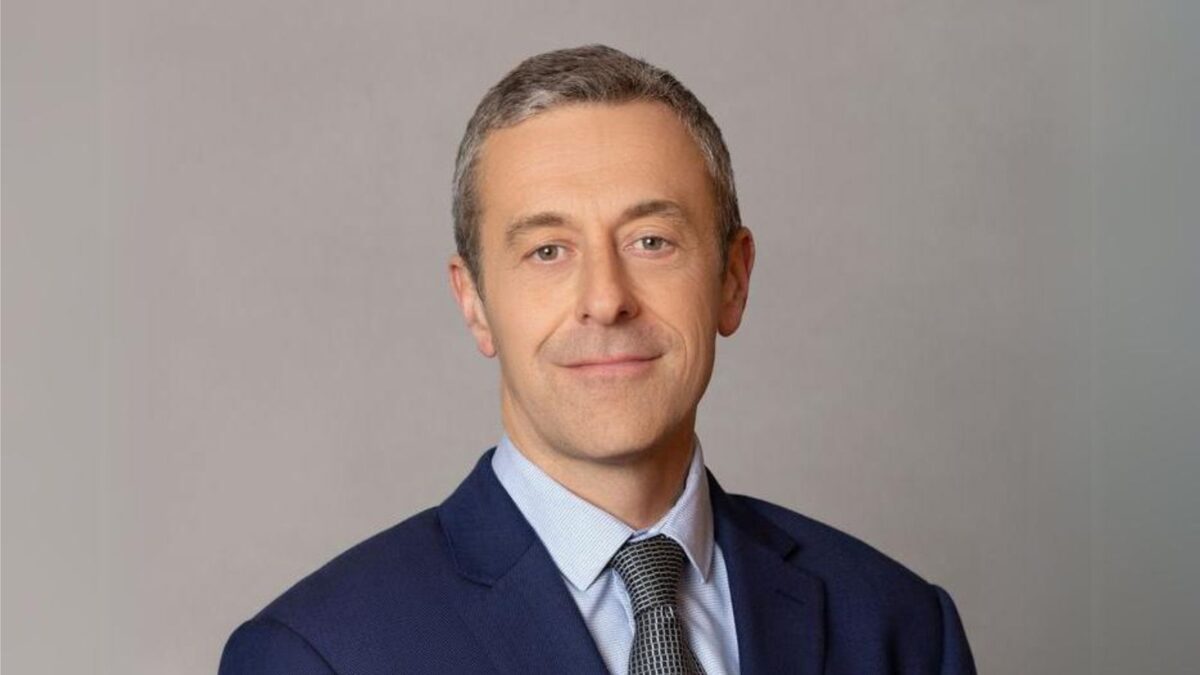Impact to the head: social good doesn’t mean bad finance
By David Chaplin
Investors should lead with the head not the heart when it comes to assessing ‘impact’ assets, a new paper from Russell Investments says. The report, authored by Noah Schiltknecht, says while impact investors may be happy to give up some monetary gain in exchange for the targeted social ‘good’, careful financial analysis is still required.
Schiltknecht, Russell’s head of implemented consulting in New Zealand, says: “While financial modeling for impact investments is not simple, not the least due to the lack of data, we should not refrain from doing it.”
According to the report, traditional financial modeling techniques can help investors quantify how much ‘impact’ they may achieve by allocating to a strategy with a social improvement element.
“Furthermore, [modelling] allows investors to have a better understanding of the total risk and return characteristics of their portfolio,” the Russell study says.
Firstly, the report says investors should be able to group impact assets under the growth/income split that drives traditional portfolio risk allocation. Under those well-known definitions, any impact investment “without a defined payment stream should be considered a growth asset”.
For example, equity in an agribusiness development or social infrastructure projects would fall under the growth category while social housing loans would be classed as income assets, the Russell report says.
However, the study says assigning specific risk-return characteristics to impact investments is stymied by the dearth of historical data.
“In addition, it could be challenging to build up a portfolio of impact investments with similar characteristics,” the report says. “Without a broad range of exposures across multiple sources of similar risks, any presumed ‘market-like’ (beta) return component in a model will be overwhelmed by the project-specific risks. The key consideration then becomes the specific risk associated with each investment.”
Nonetheless, impact investments can be measured on a case-by-case basis against traditional assets, the Russell study says, citing the example of social housing loans.
In the case study Russell sourced data on the social housing loans from the provider, comparing it against similar commercial arrangements to synthesise an implied credit quality and expected default rate.
“We then produced a large number of simulated return scenarios from these cash flows. These were included in the total portfolio modeling alongside the scenarios from the investor’s other investments,” the report says. “The non-profit organisation now had a seamlessly integrated asset allocation model that combined traditional asset classes with impact investments.”
Furthermore, Russell mapped the expected return of the impact asset versus a comparable traditional fixed income portfolio to calculate the ‘concessionary component’ of the return – or the implied financial cost of the social good.
“If the investment cannot achieve that level of impact, then the investor would be better off investing in a traditional asset class and granting the concessionary component to the community directly,” the study says.
Impact investors target specific “social or environmental problems” that traditional approaches typically ignore in return measures.
“A reduction in recidivist offending from investing in a modern prison facility, or a decrease in water pollution through investing in water processing technologies would not be considered part of the total return, for example,” the Russell study says. “In contrast, impact investors view these benefits as a component of their total return.”
Increasingly popular offshore, impact investing has been a slow-starter in NZ with one of the first in the genre launching this August in a NZ$15 million (A$13.5 million) capital-raise.








